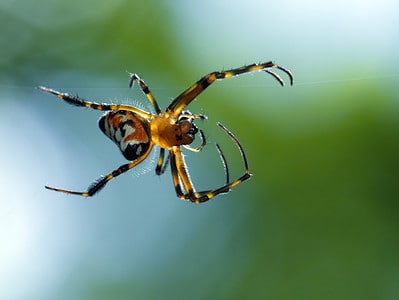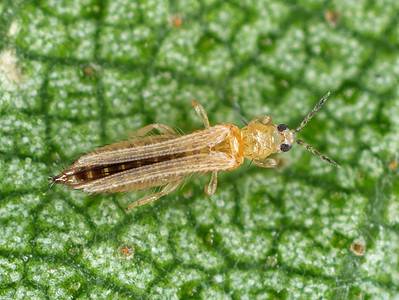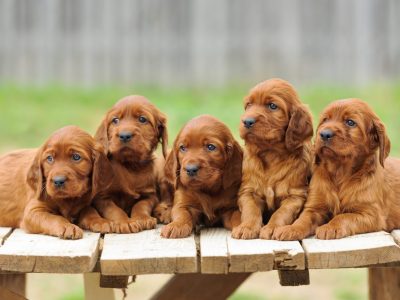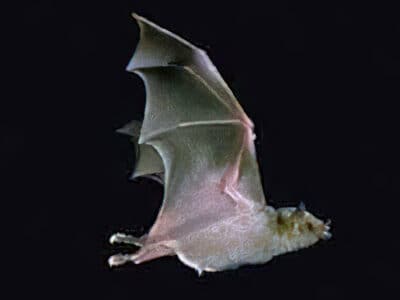English Longhorn Cattle
Bos primigenius Taurus
Although they look similar to the Texas Longhorn, they are not closely related.
Advertisement
English Longhorn Cattle Scientific Classification
- Kingdom
- Animalia
- Phylum
- Chordata
- Class
- Mammalia
- Order
- Artiodactyla
- Family
- Bovidae
- Genus
- Bos
- Scientific Name
- Bos primigenius Taurus
Read our Complete Guide to Classification of Animals.
English Longhorn Cattle Conservation Status
English Longhorn Cattle Facts
- Name Of Young
- Calf
- Group Behavior
- Herd
- Fun Fact
- Although they look similar to the Texas Longhorn, they are not closely related.
- Biggest Threat
- Coyotes, wolves, bears
- Most Distinctive Feature
- Long horns on either side of their head
- Other Name(s)
- British Longhorn
- Gestation Period
- 9-10 months
- Temperament
- Mild
- Age Of Independence
- 6-8 months
- Litter Size
- 1
- Habitat
- Grasslands
- Predators
- Coyotes, wolves, cougars, and bears
- Diet
- Herbivore
- Lifestyle
- Diurnal
- Herd
- Favorite Food
- Grass
- Origin
- Northern England
View all of the English Longhorn Cattle images!
The English Longhorn is a multipurpose cattle breed known to be easy to raise and is commonly in use for its meat and milk nowadays.
English Longhorn Cattle Summary
The English Longhorn is a multipurpose cattle breed that is known to be easy to raise and is in use as a work animal as well as beef and dairy. Also known as the British Longhorn. This breed’s origin is in Craven, England, during the 1700s and was primarily in use as a draught animal (or a work animal). The breed is found nearly everywhere on the planet now and is known for its extended horns on both sides of its head.
5 Incredible English Longhorn Cattle Facts
- The English Longhorn is ranked among the healthier cattle breeds.
- English Longhorn cows are highly protective of their young and would do everything they can to protect them from any potential predators.
- They live a very long time compared to other cattle breeds and are low maintenance.
- Don’t let their massive horns fool you! English Longhorns are very mild-tempered and make great pets.
- Although they spend a lot of time resting they only sleep around 4 hours a day.
English Longhorn Cattle Scientific Name
The English longhorn cattle or Bos (primigenius) Taurus is a large cattle breed with massive iconic horns on either side of its head. Although they have a lot of similarities with the more famous Texas Longhorn breed, they are not closely related. The English Longhorn Cattle was originally bred in the late 1700s as a work animal, but today they are primarily used for beef.
English Longhorn Cattle Appearance
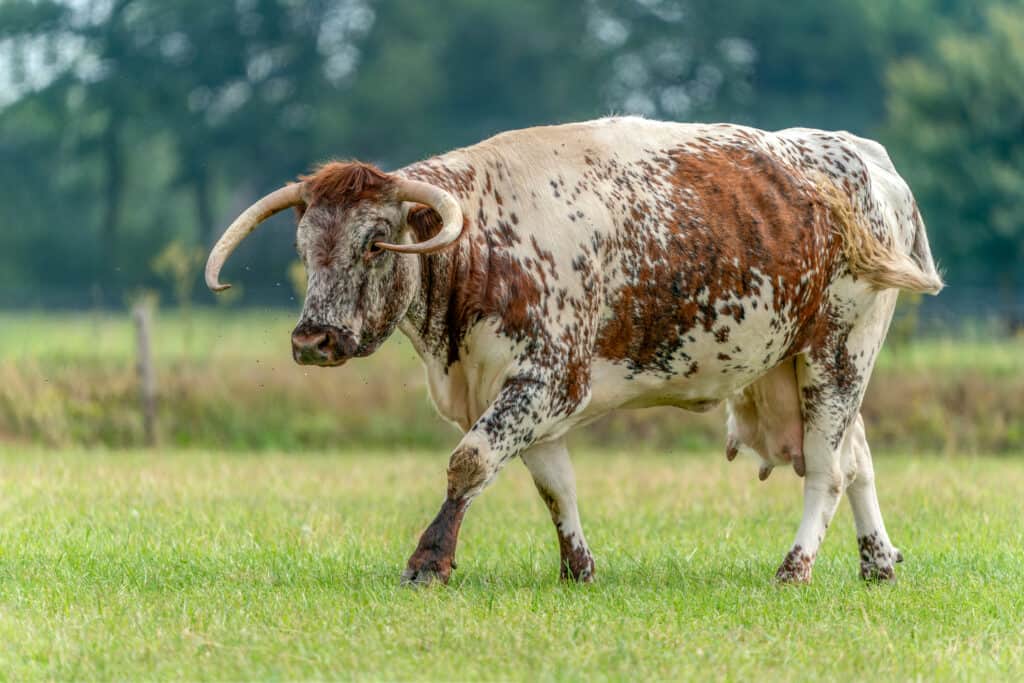
The English Longhorn is a multipurpose cattle breed that is known to be easy to raise and is used as a work animal as well as beef and dairy.
©Albert Beukhof/Shutterstock.com
The English Longhorn Cattle are often distinguished from other cattle by their thick coat and long horns on the sides of their heads. These horns are often very pointy and point toward the center of their faces. As they grow older, these begin to point upwards and outwards. English Longhorn cattle are found in several shades, such as red, brown, grey, or white. Regardless of their overall coat color, most of these cattle have distinct white hair patches scattered all around their coat.
The English Longhorn is medium-sized when compared to other cattle breeds. The average bull usually weighs more than its female counterpart (about 1700-2200 lbs) – almost as heavy as an SUV. The females weigh 900-1300 lbs, which is about the weight of a small compact car.
English Longhorn Cattle Behavior
The English Longhorn prefers to live in herds and groups called ‘droves’. Like all other cattle breeds, they follow a unique hierarchy within the herd, with a leader who the rest of the herd follows. English Longhorns are social animals with decent memories. They bond with specific members of their herd and make friendships for live. More often than not, when new members are introduced to the herd, there is a reshuffling in the hierarchy and dominance. These animals usually spend their days together, grazing the grasslands they inhabit, and remain wary of any predators, prepared to fight or flee together as a group. Their overall temperament, unless threatened, is considered docile and passive. Thus, they are friendly low maintenance cattle.
English Longhorn Cattle Habitat
The English Longhorn cattle is a very adaptable cattle breed. This goes to say that it can thrive in hot, cold, or dry climates. However, they prefer temperate climates like Northern England or warmer parts of the US, such as Texas, Alabama, or the hills of New Zealand. The main requirement for this breed is enough open grassland for them to graze freely. So, you can raise English Longhorns in a small space, just as long as they have enough space to roam. In addition, they also mingle well with other animals that do not pose a threat. So it’s safe to say they could share space with chickens, goats, or pigs on a small farm.
English Longhorn Cattle Diet
The English Longhorn cattle are herbivorous animals that graze for the better part of the day. They primarily feed on grass, leaves, twigs, weeds, corn, and other vegetables.
What eats English Longhorn Cattle?
The English Longhorn cattle are often hunted by wolves, grizzly bears, cougars, coyotes, and other large predatory animals in their region.
What does English Longhorn Cattle eat?
The English Longhorns are browsers and grazers who require grasslands to feed off. Specifically, they not only eat grass but any leaves, twigs, corn, or vegetables they can find. This makes them rather adaptable to even winter, where the grass is sometimes frozen.
English Longhorn Cattle Predators and Threats
As mentioned above, carnivores such as wolves, bears, coyotes, and cougars often hunt English Longhorns. Wolves and coyotes attack the English Longhorns from behind and chase them. Bears, on the other hand, attack them via ambush.
English Longhorns nearly became extinct the 1800s. This was because this breed’s large horns were very likely to cause human injuries, so they were not bred as often. The breed was later saved in the 1980s by the Rare Breeds Survival Trust via extensive artificial breeding. At present, this breed faces no threat of extinction.
English Longhorn Cattle Reproduction
The overall gestation period of an English Longhorn is quite similar to that of an average cow, being about 9-10 months. A recent study has found that female English longhorns are often louder and “moo” more often at the peak of their reproductive cycle. Usually, a single calf is born at a time and twins and triplets are very uncommon. The milking period, where the mother feeds her young, often lasts about 1-6 weeks after birth. Soon after, a drying period begins, lasting about 60 days before the cow can conceive again. Cattle will generally mate 40-60 days post-pardum.
English Longhorn Cattle Babies
Like all other cattle breeds, English Longhorn babies are known as ‘calves’. Male calves are called bulls, while females are called heifers. The weaning period for these animals lasts between 6-8 months or for as long as they are feeding off of their mother’s milk. Usually, the weaning process for calves begins 2 to 3 months after birth and lasts until they have completely switched to a grain and grass-based diet.
English Longhorn calves are born without any immune system. Therefore, they must be fed the colostrum in their mother’s milk right after birth as it contains the antibodies they need for their body to fight infections before they start producing it on their own. Another unique feature is that the calves have distinctly sharp milk teeth when born. Weighing an average of 20-50kg when born, they reach adulthood at about two years of age.
English Longhorn Cattle Lifespan
On average, an English Longhorn lives up to twenty (20) years. The males tend to outlive the females. Yet, their average lifespan is more or less the same. Since this breed dates as far back as the 1700s, they have become the prime example of ‘survival of the fittest. In other words, the English Longhorn is immune to several ailments that other cattle face, such as foot and mouth disease, parasite attacks, botulisms, and especially the worst enemy of any cattle, the screwworm that can kill a cow in 5-7 days after infestation. To say the least, this breed can survive well in harsh conditions and often dies of old age and not disease.
English Longhorn Cattle Population
English Longhorn cattle are very common all across the globe. Especially the UK, Ireland, Australia, the USA, and New Zealand. With small populations residing in Denmark. There are over 330,000 of them in just the US alone. While the exact global number is unknown, it is safe to say that they are far from going extinct. Nevertheless, their population was on the decline for nearly 200 years before the breed was rescued by RBST (Rare Breeds Survival Trust). Their known conservation status as of now is ‘Not at Risk’.
Similar Animals
View all 117 animals that start with EEnglish Longhorn Cattle FAQs (Frequently Asked Questions)
What is the average lifespan of an English Longhorn?
About 20 years.
What are English Longhorns used for?
English Longhorn cattle were primarily used as draft animals until around 150 years ago. Nowadays, they are bred for beef, and some are used as dairy animals. However, they do not produce as much milk as other cattle breeds.
Do English Longhorns make good pets?
Known for their mild temperament and easy handling, English Longhorn cattle are ideal and family-friendly pets. They are the most famous kind of cattle among bull riders.
Are English Longhorn Cattle carnivores, herbivores, or omnivores?
Longhorn cattle are herbivorous creatures that eat plants, weeds, and grasses.
Thank you for reading! Have some feedback for us? Contact the AZ Animals editorial team.







